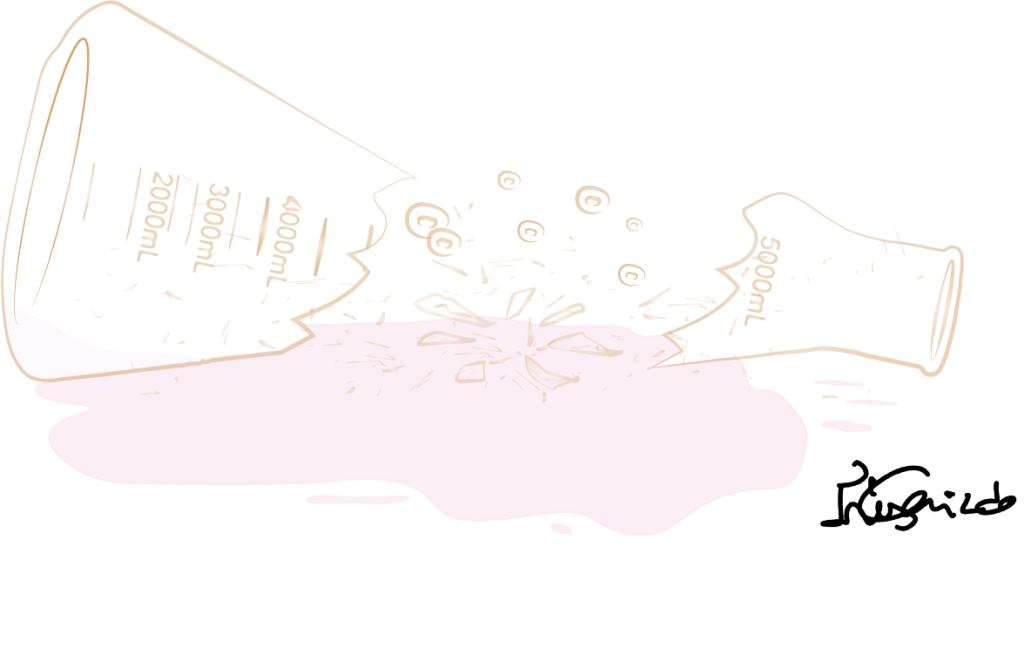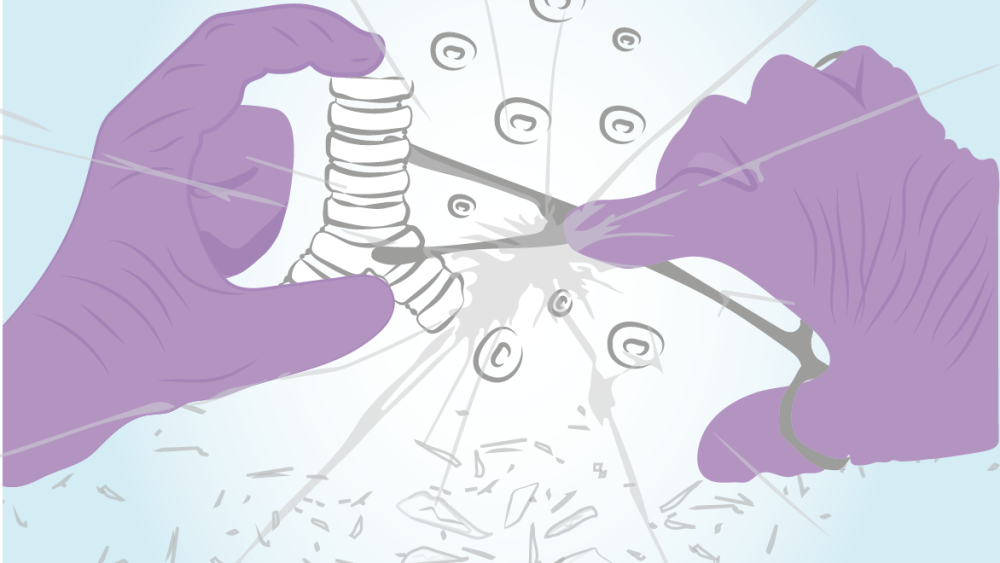Ah, the wonders of pursuing knowledge… The ambition of achieving more and more…
We might be led to think that scientific progress is a straight line. But science, as we know it, (see what I did here?) is a path made of ups and downs. Things do not always work out well. And as important as it is to highlight the successes and achievements from the past, it is also valuable to talk about the wrongs, the errors, the mistakes. Because, as every cheap self-help book will tell you, we are meant to learn from our mistakes. And what is science if not a learning process?

“What seems like a plot from a science fiction novel”
Paolo Macchiarini, at that time a researcher at Karolinska Institute, claimed he had developed a groundbreaking technology in bioengineering: the ability to replace a patient’s trachea with a synthetic one. This brought a huge amount of hope for patients who, for different reasons including some forms of cancer affecting the trachea, were in life-threatening need of a transplant.
The thing about transplants is that they usually rely on external donors. Someone else who can donate the tissue or organ in question. In this case, a trachea. Which, unlike kidneys (which we have two of), can only be taken by a cadaver. And this, as you might imagine, raises many problems. The first challenge is donor availability, as one cannot just get a catalog of recently deceased people to choose from (is this metaphor a little too much?). But even after this, there are always concerns about immune rejection. Our immune systems are very good at flagging and fighting things that are external to them. This works for viruses or bacteria, but also for perfectly fine human tissues or organs that come from someone else. Therefore, prior tests must be made to assess the “compatibility”, checking how much the donor and receiver are “similar” enough not to cause a huge dangerous immune reaction on the receiver’s organism. These tests are not only expensive, but might actually not even be 100% accurate, and end up in a rejection reaction on the receiver’s despite some apparent compatibility.
With Macchiarini’s new technology, these issues were no longer a concern. The trachea structure for transplantation was fully artificially made of a nanofiber scaffold, which mimicked the natural tissues. Then, these artificial trachea were coated with cartilage cells from the patient. For this, stem cells were taken from the patient’s own bone marrow. These stem cells have the potential to give rise to any other cell of the body and, in this case, were differentiated into cartilage cells which then would seed the synthetic structure. And since they come from the patients themselves, there are no concerns for any kind of rejection reaction.
This new approach seemed “nothing short of miraculous”, and would, hopefully, soon be expanded to the generation of other organs for transplantation: kidneys, livers, hearts…
The only problem was that… it was all a lie.
Many patients were subjected to this transplant. However, after surgery, their conditions kept worsening. Some of them started accumulating “mucus and blood which had to be pumped out several times a day” (we apologize if you are having a meal while reading this). And, at some point, they started dying. Despite this, Macchiarini kept performing these surgeries around the world, claiming patients’ good responses and diverging from any possible raised issues.
Why was it not working? The reasons could be many. Although in theory the idea of making an artificial organ that is fully coated with real cells from a patient seems completely plausible (even you, probably, reading this thought it was great! That it solved all the issues), there are many things that we cannot predict. This is why procedures like these must be very well studied and validated before moving on to actual patients.
News pieces started appearing about possible issues, and by 2016, Swedish TV channel SVT made a documentary piece, which set the ground for the situation to be fully exposed, culminating in Macchiarini’s final incarceration.
Macchiarini’s fraudulent behavior went way beyond its formal academic side. His personal involvement with an American news producer elevated this to a worldwide story of love, money, and scam. This mediatic side of the story has been covered in many works, including a recent documentary on Netflix.
This initially though “groundbreaking” scientific discovery created hope, a hope which Macchiarini exploited and used as a ramp for his popularity amongst the general public which, unfortunately, also affected his scientific peers.
Part of a scientist’s duty is to bring it to the general public. And this, just like the science done in the lab, has to be done with the same amount of ethics, transparency, and integrity.
Scientists are, at the end of the day, not superheroes. They are humans. Humans which, inherent to their occupation, work with knowledge. And we know knowledge is power. So please allow me an exception and let me quote a super-hero proverb: with great power comes great responsibility.


Fannie Vanschoick
Great information shared.. really enjoyed reading this post. Thank you, author, for sharing this post.
Akiko Loving
I’m often to blogging and I really appreciate your content. The article has actually peaks my interest. I’m going to bookmark your web site and maintain checking for brand spanking new information.
artemis real estate
allegheny county real estate very informative articles or reviews at this time.
Vitazen Keto Price
Vitazen Keto Gummies Great information shared.. really enjoyed reading this post thank you author for sharing this post .. appreciated